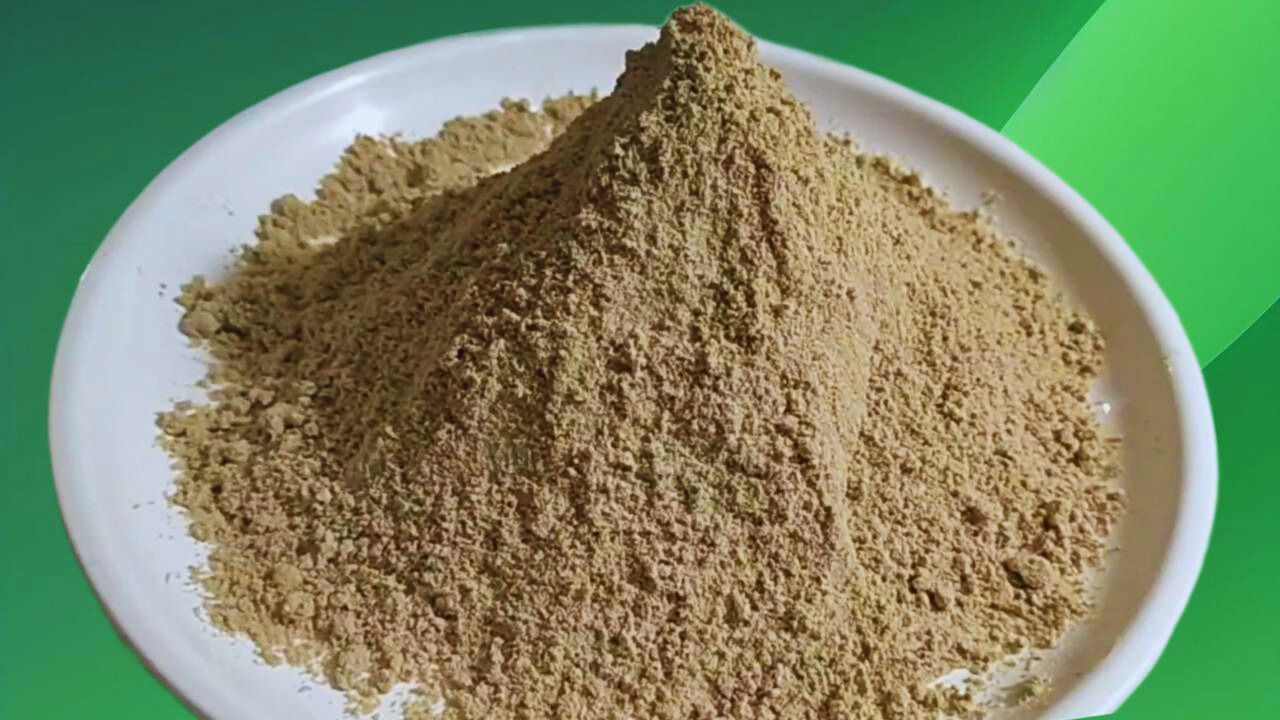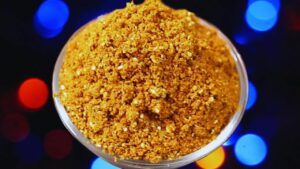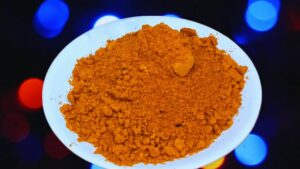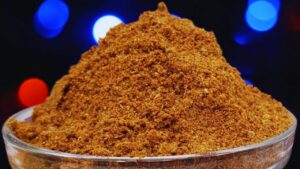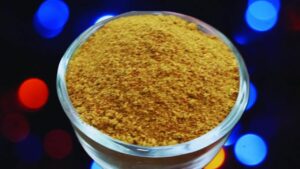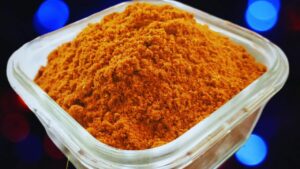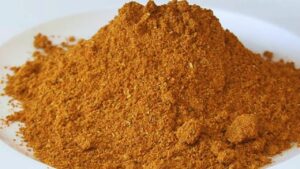Dry ginger powder is a versatile spice made by grinding dried ginger roots. Known for its distinctive flavor, it adds warmth and depth to various dishes.
Follow my simple guide to know the steps to make dry ginger powder at home.
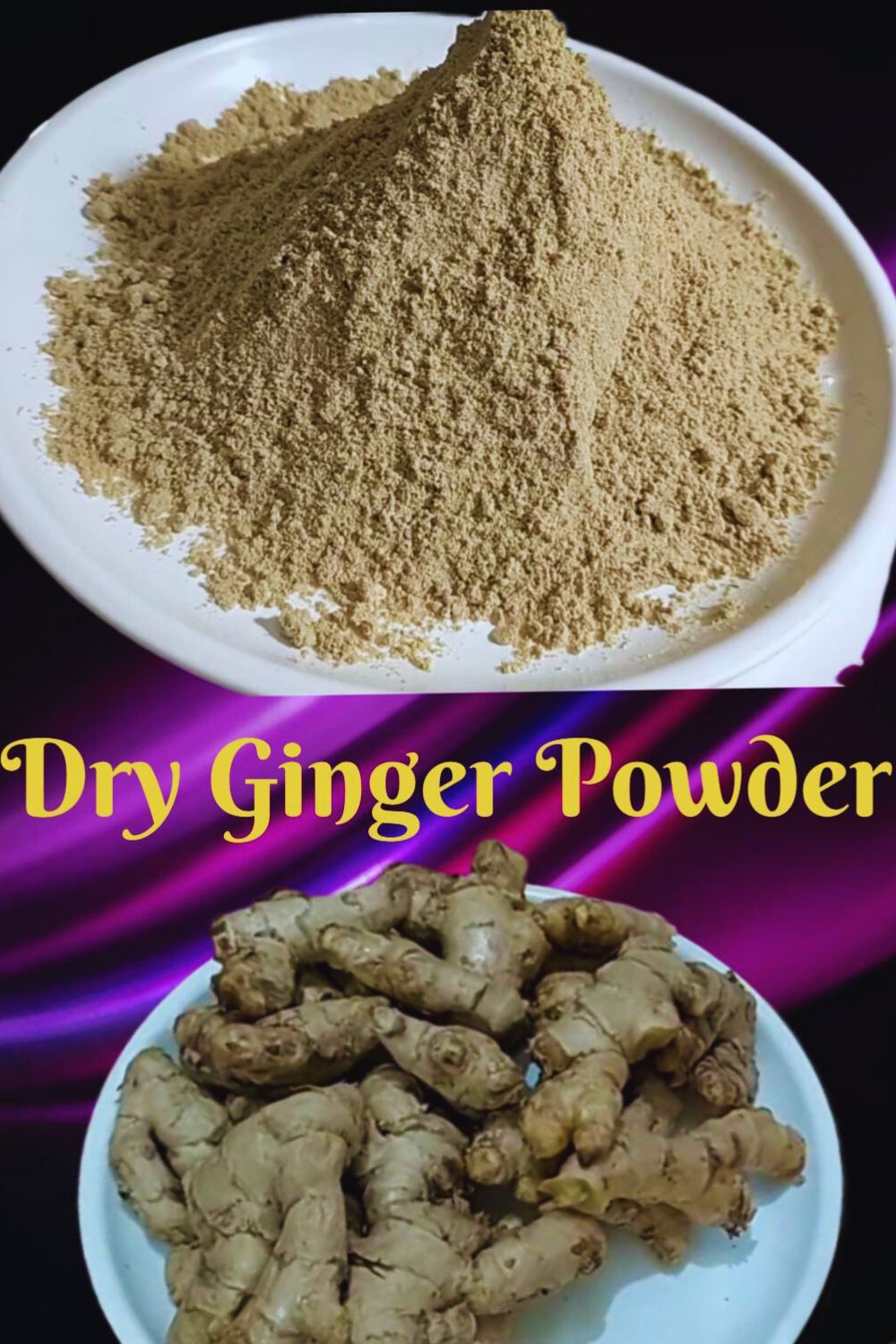
KEY TAKEAWAYS
- Dry ginger powder is a versatile spice found in almost every kitchen.
- Use ceramic or glass container to store the powder. Ensure it is airtight to prevent moisture contamination.
- This powder can be used in curries, tea and beverages.
- Simple ginger paste or its combination with other seeds and spices offer a similar taste as dry ginger powder.
How to Make Dry Ginger Powder? (Step by Step Guide with Images)
Step 1: Take 500 gm of fresh ginger. Break them at their joints and remove the mud. Wash all the pieces thoroughly.
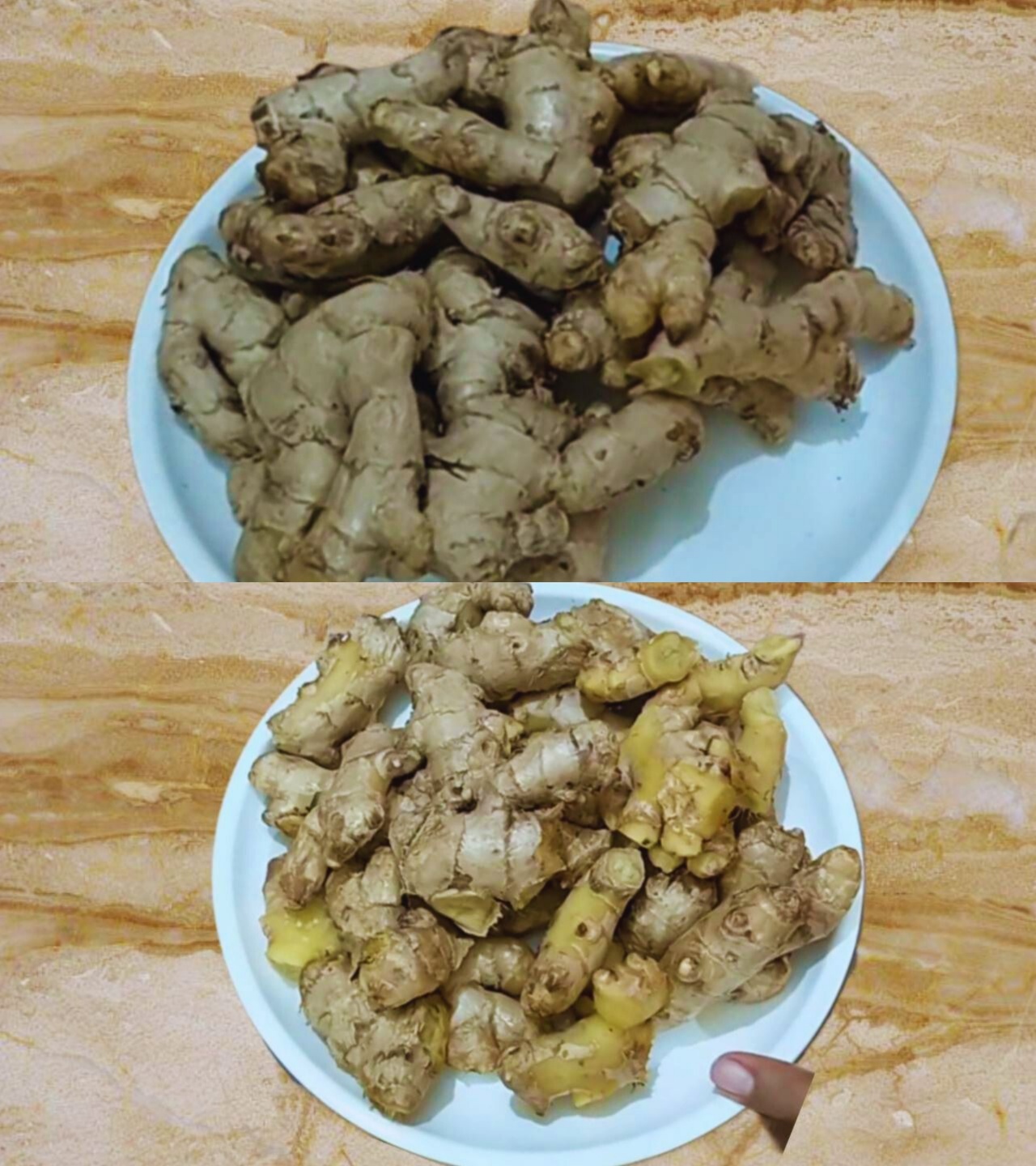
(Pro tip: It is not mandatory to remove the skin from the ginger pieces. However, if you remove the skin of the ginger, it will take a little less time to dry up completely. These deskinned pieces will look a bit whiter when they dry up compared to those dried with their skin on them).
Step 2: Now, take a grater.
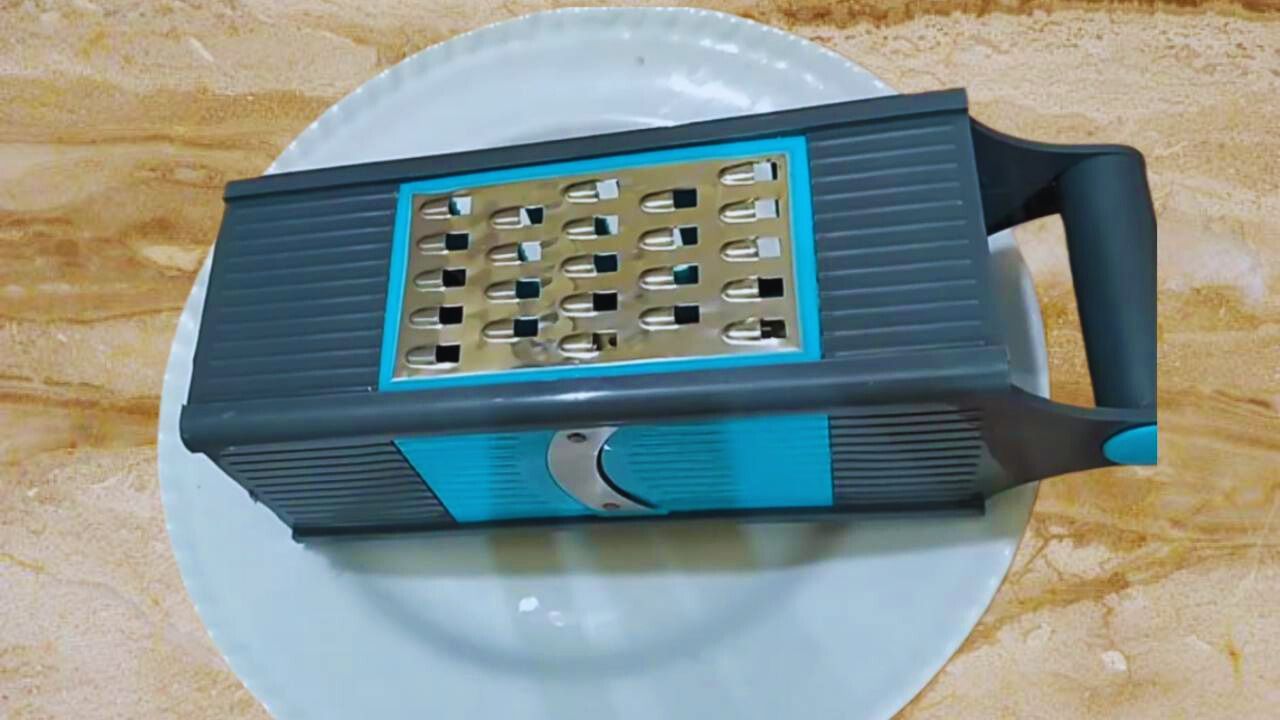
Step 3: Grate all the pieces of ginger individually and carefully. Spread them evenly on a plate as you continue grating them.
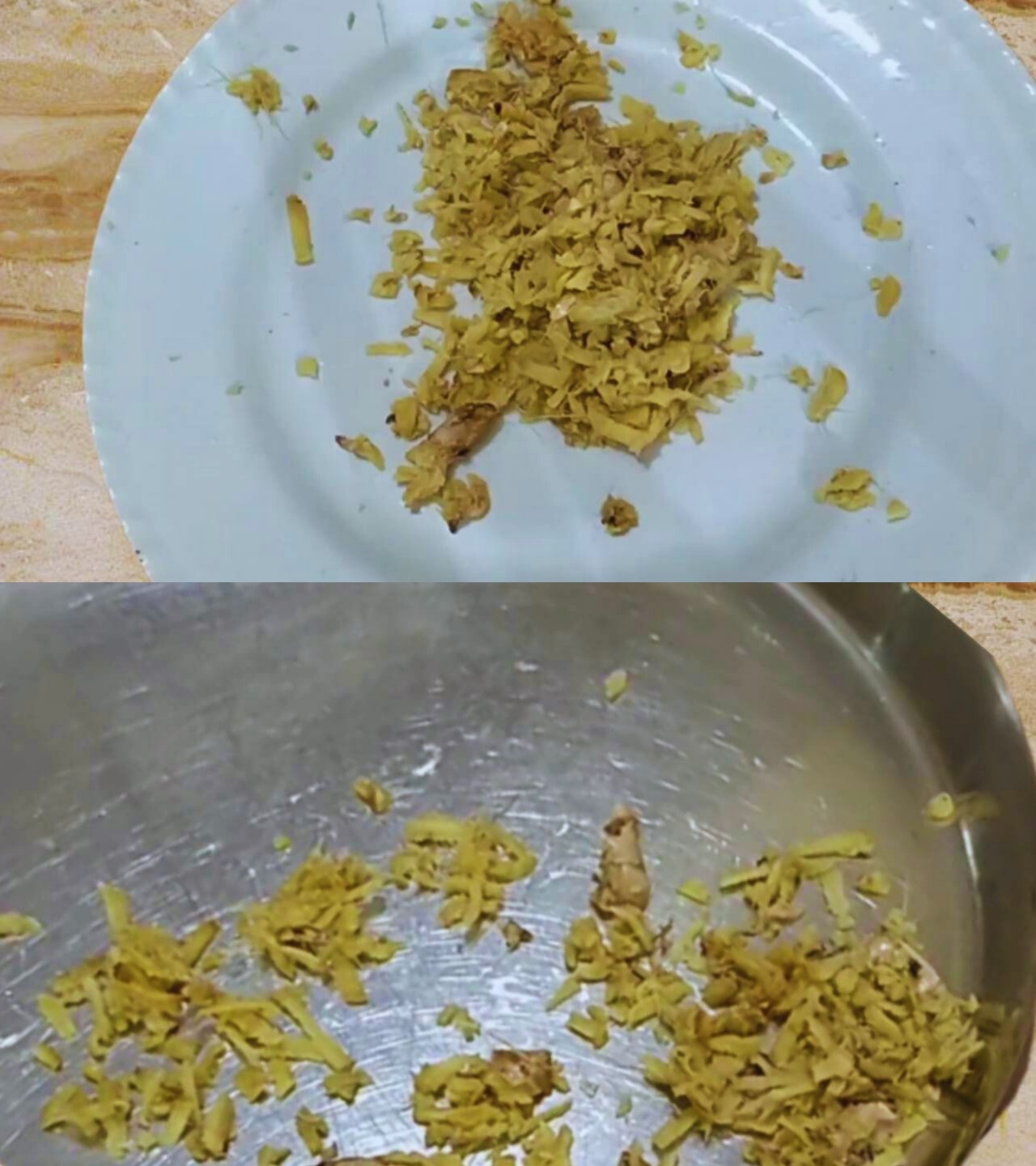
Step 4: Alternatively, if you are using a larger quantity of ginger and do not have time to grate them physically by hand, you can cut the ginger into small pieces after washing.
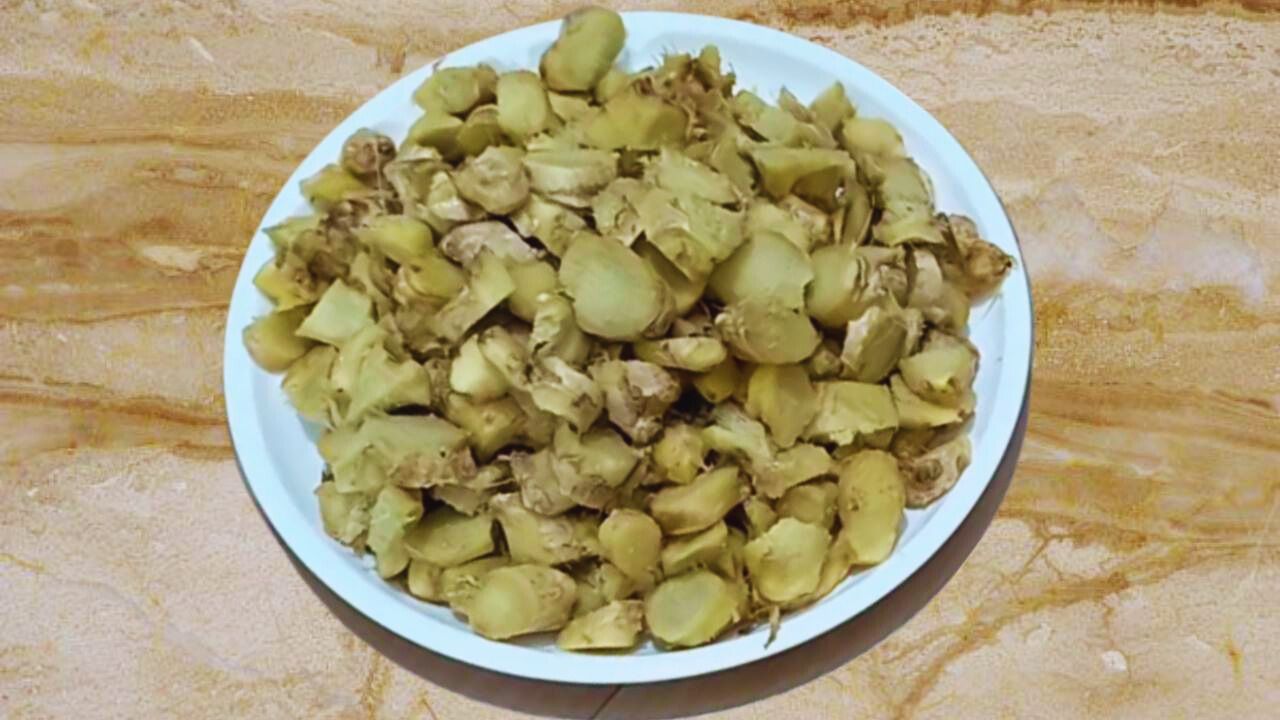
Step 5: Now, take a chopper. Put small portions of the ginger pieces in it.
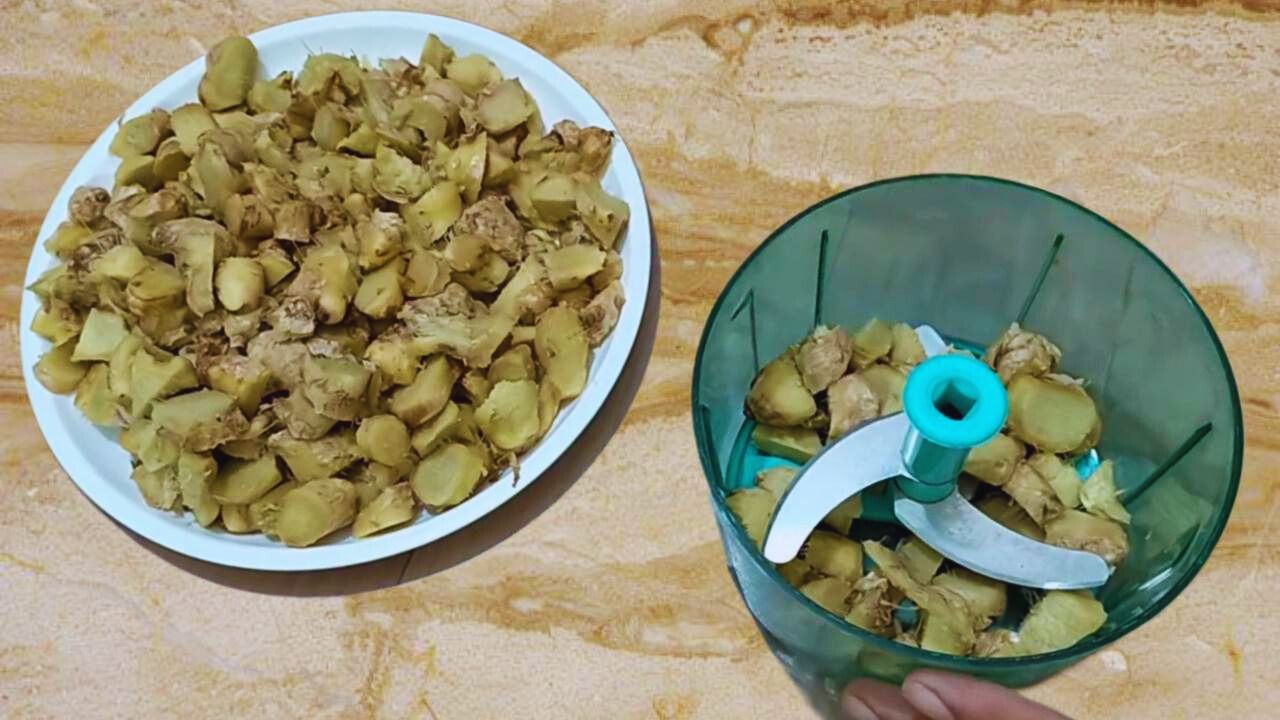
Step 6: Chop the whole lot this way.

Step 7: Now, spread the chopped ginger on a plate and put it under the sun for about two days to dry the ginger nicely.
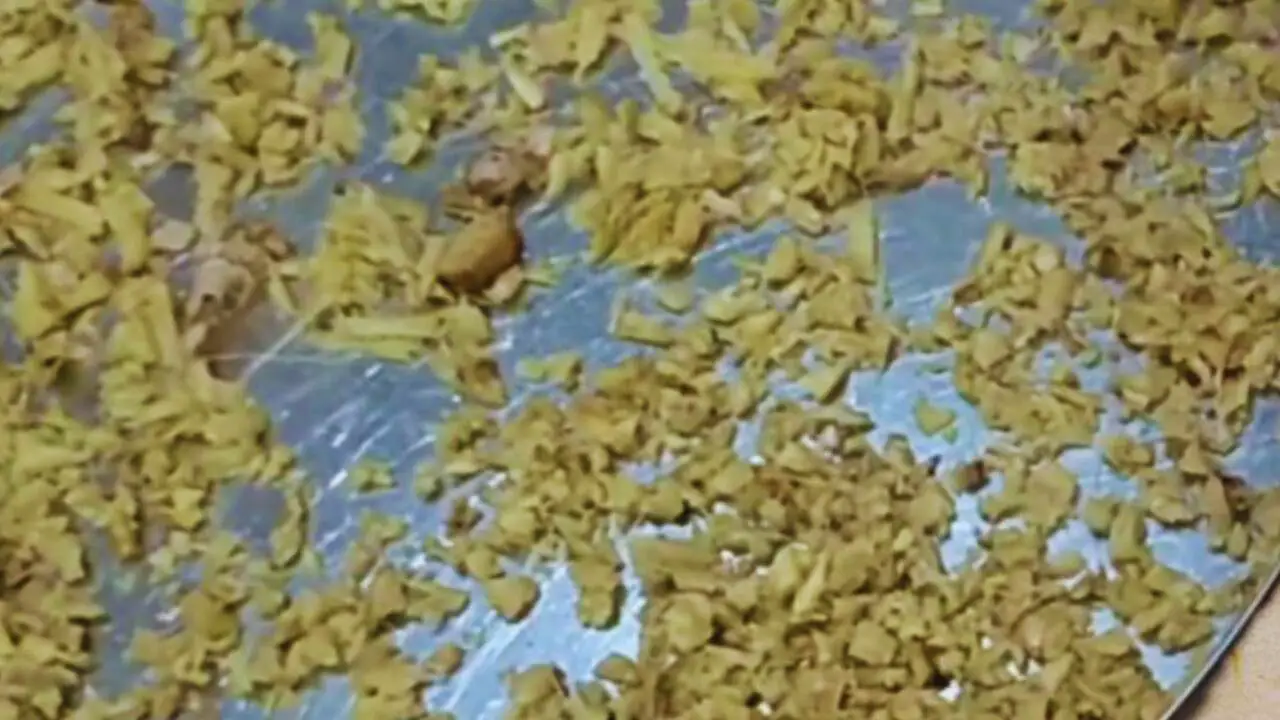
(Pro tip: If you cannot accommodate an entire lot of grated ginger on one plate, take a couple of them. Alternatively, you can take a cotton cloth to spread them evenly on it. Spreading the pieces evenly is the key requirement).
Step 8: When the ginger dries up nicely, collect them in a bowl. Now, take a grinder and put them all in it.
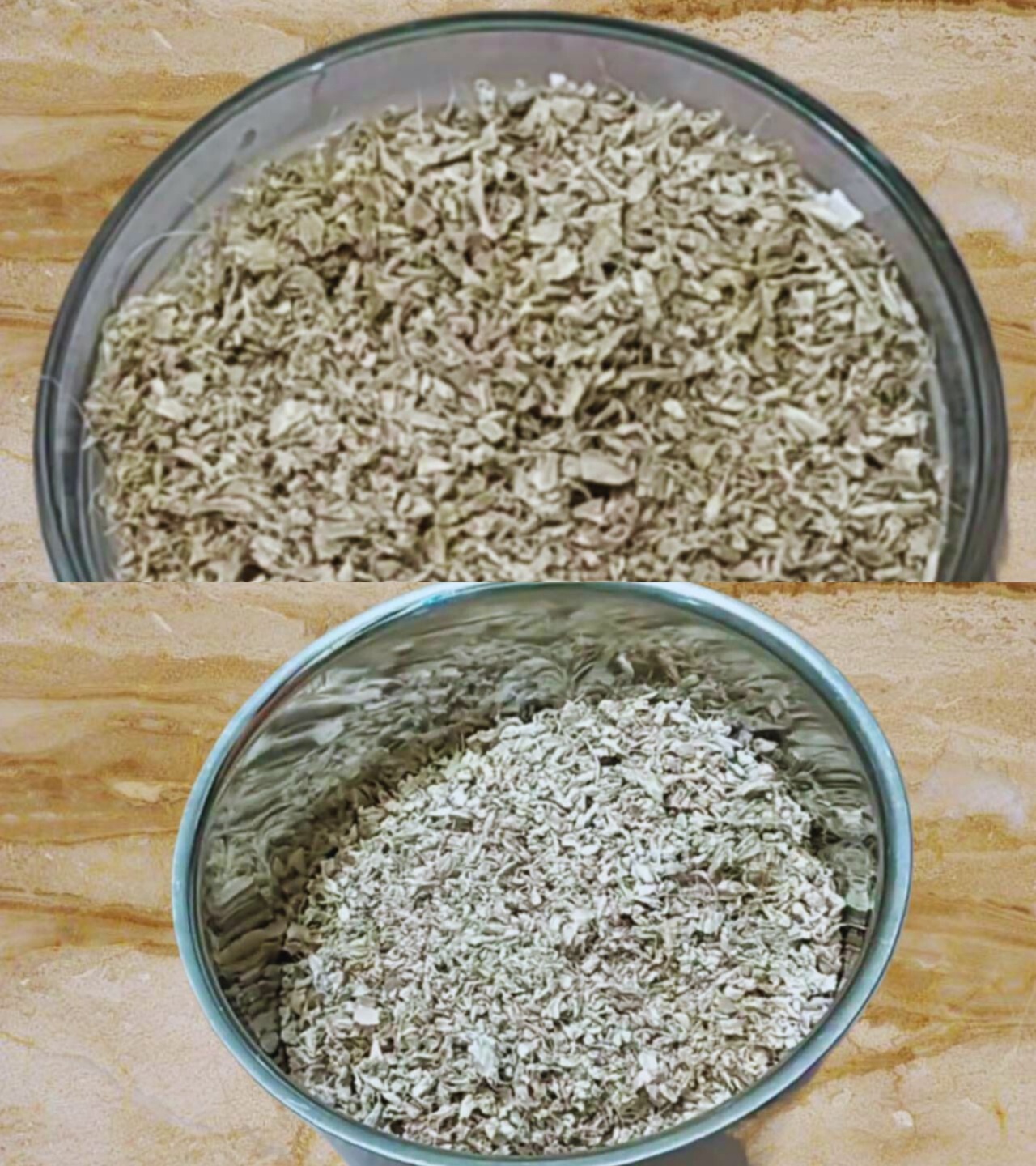
Step 9: Grind the dry ginger pieces to a fine powder.
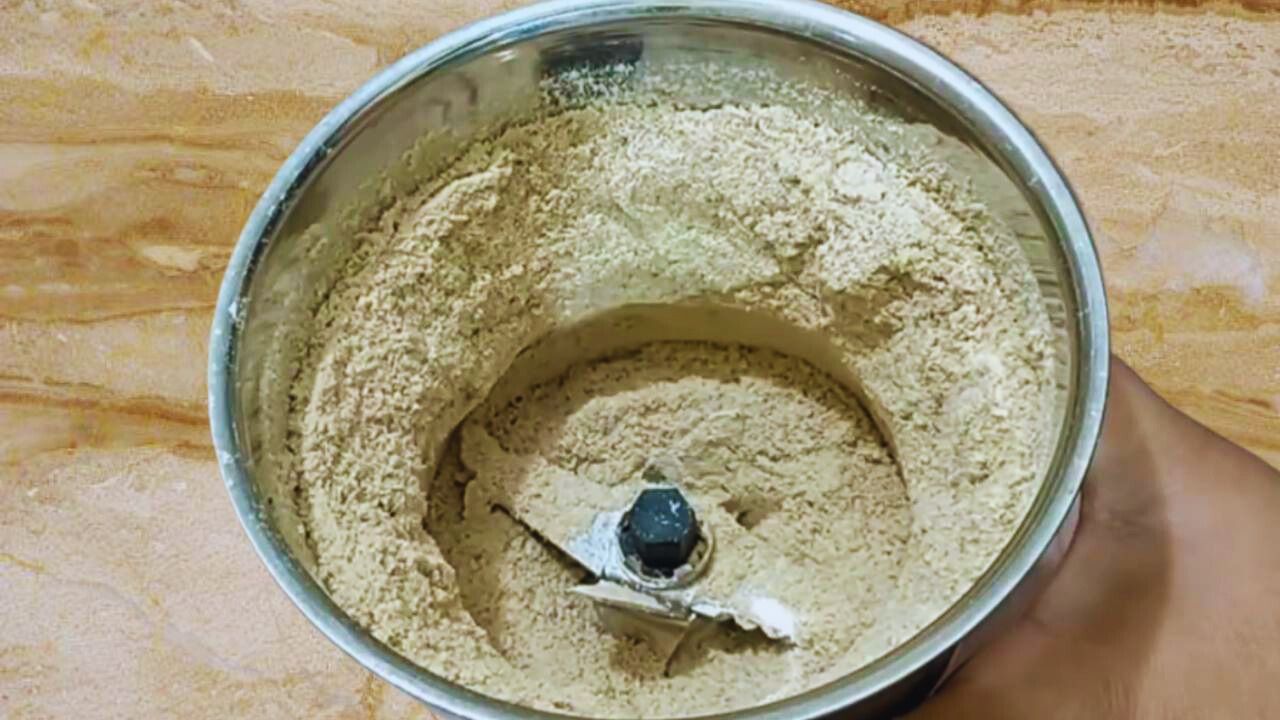
(Pro tip: You may have to grind it a couple of times to achieve the desired texture and smoothness of the powder. Make sure you grind them in short intervals to prevent the heat generated by the rotating motor which may cause clumps in the ginger powder).
Step 10: If you want even a finer texture of the ginger powder, take a strainer.
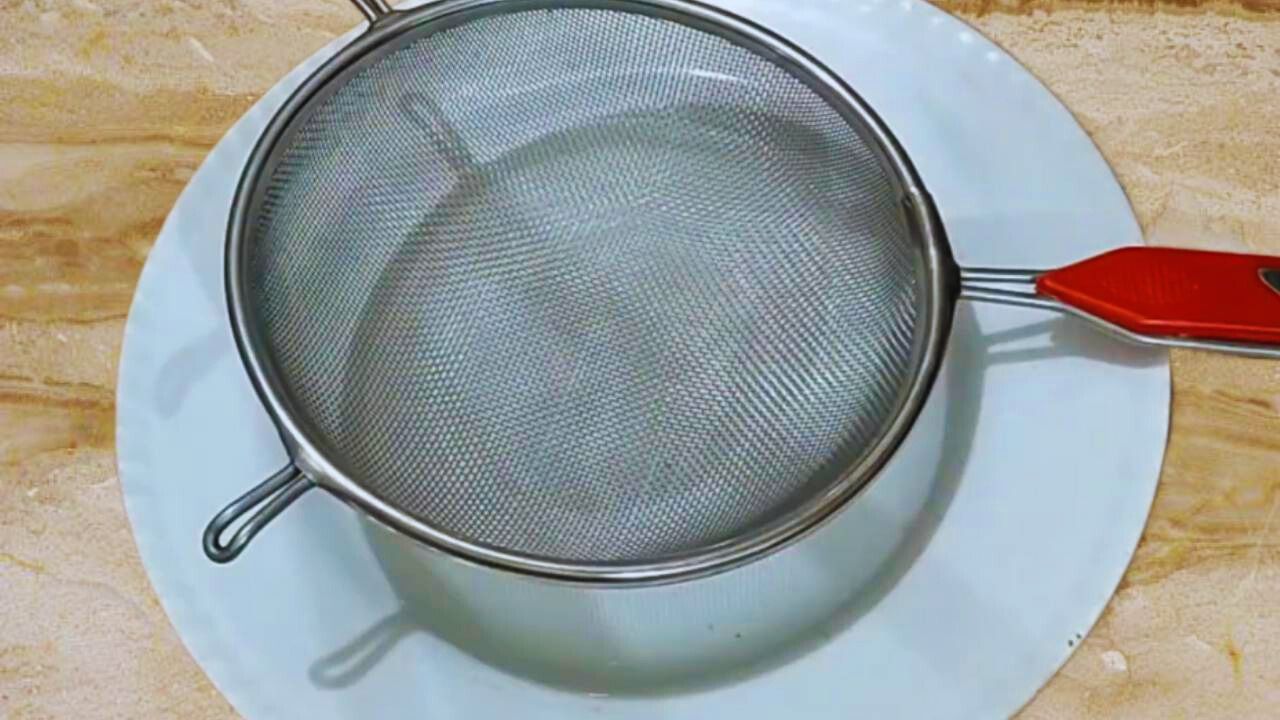
Step 11: Pour the ground ginger from the grinder to the strainer.
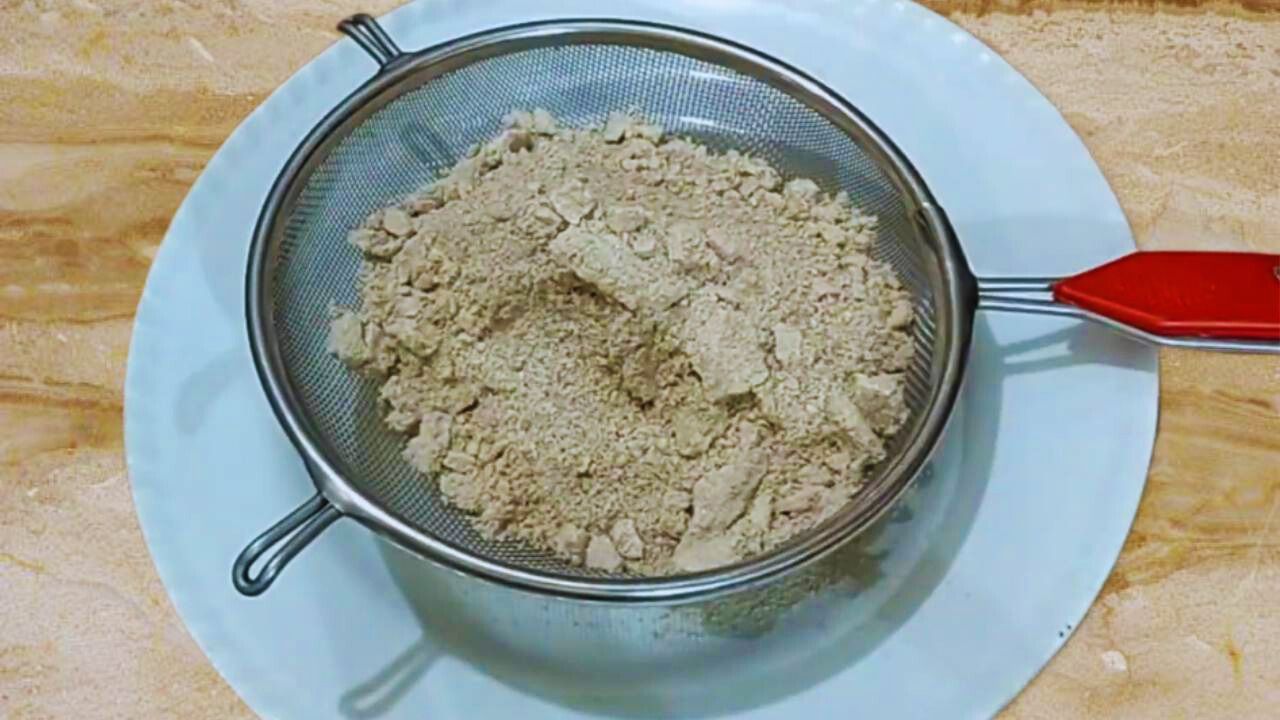
Step 12: Use a spoon to strain the powder and to separate the coarser grains from it and get a finer powder.
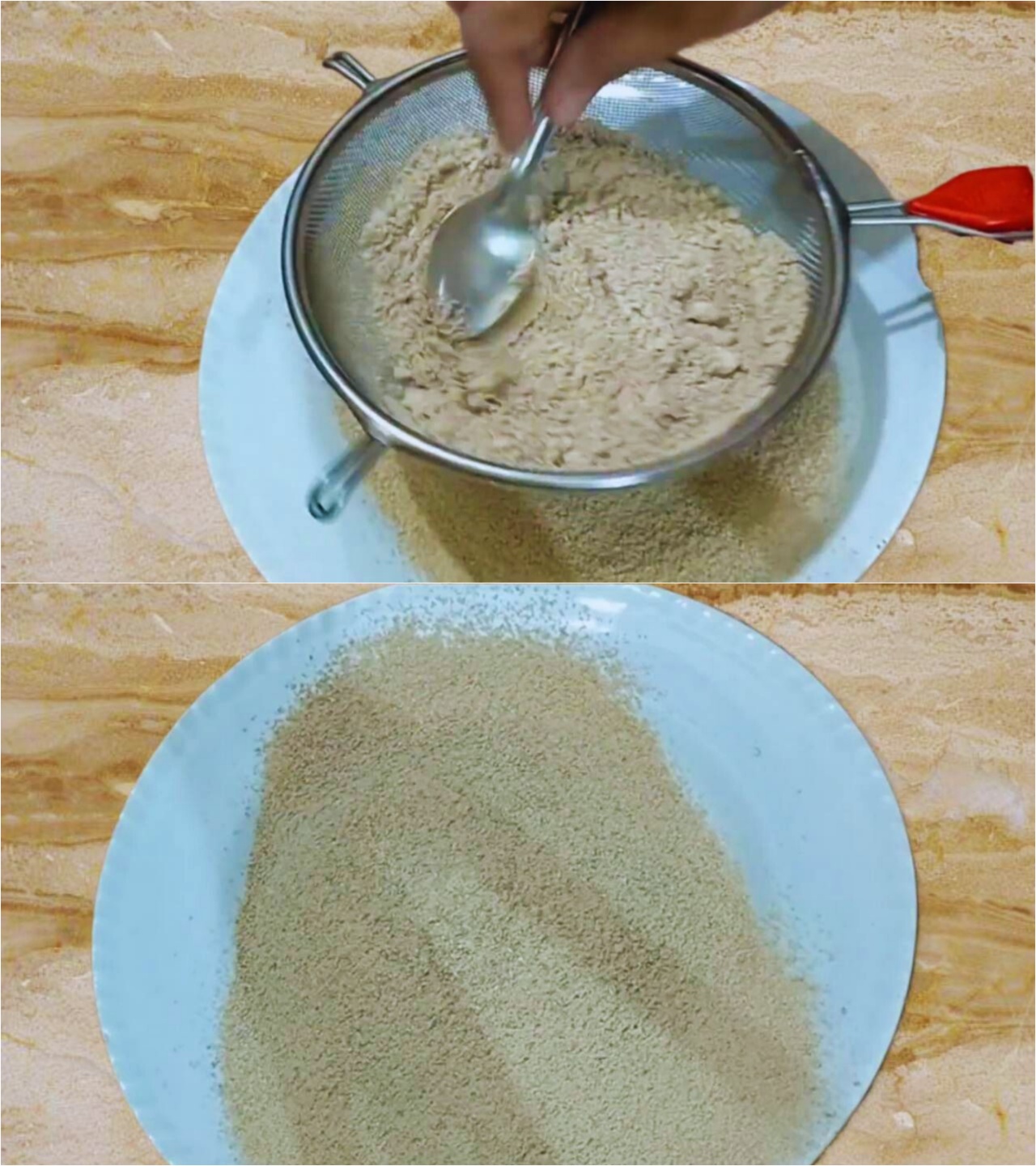
(Pro tip: You can grind the coarser grains once again. However, if the quantity is not much, you may not get the desired result. In that case, you can discard the coarser grains or mix them with tea leaves. This will add to the flavor and taste of your tea).
Step 13: If you are okay with the coarser powder, like me, you can skip the last three steps and transfer it from the grinder to a plate. Your homemade dry ginger powder is eventually ready to be used in a wide variety of dishes.
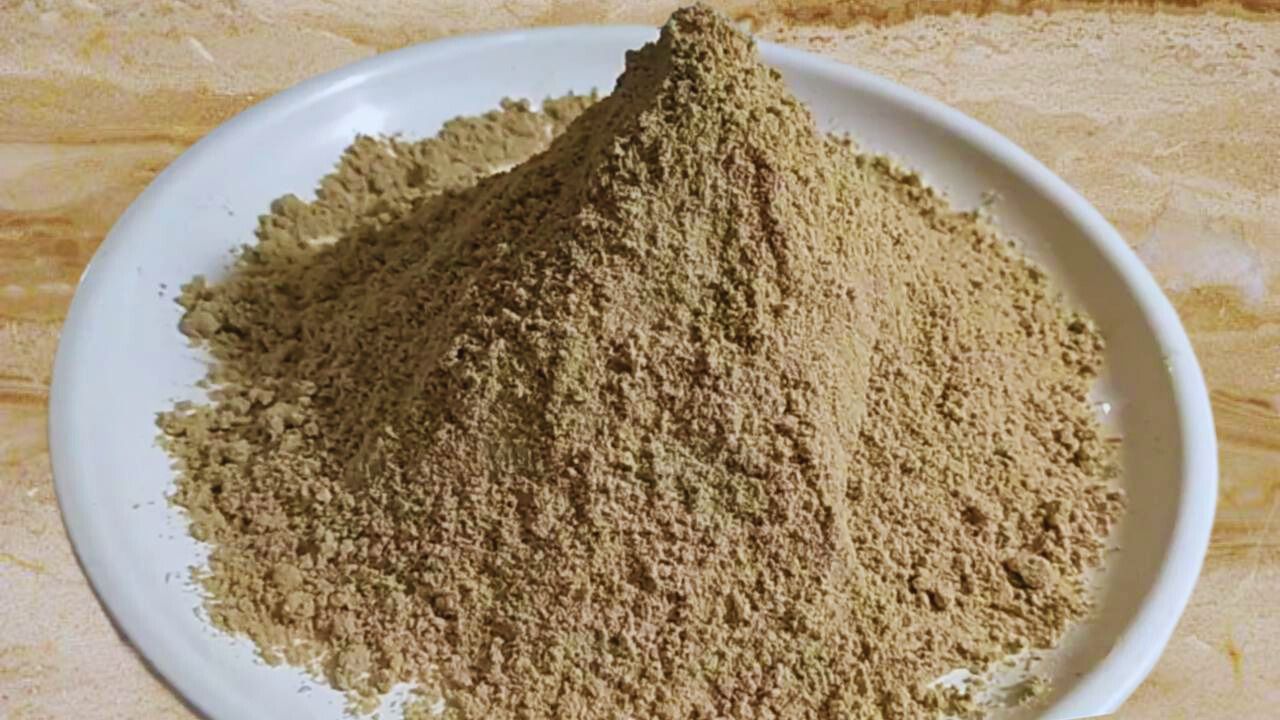
Recipe Card
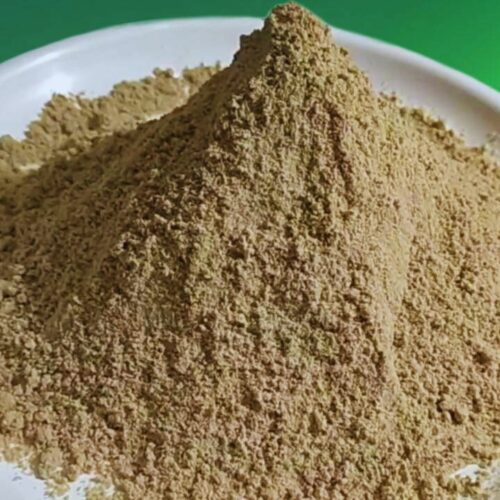
Dry Ginger Powder | Adrak Powder
Ingredients
- 500 grams Fresh ginger
Instructions
- Take 500 gm of fresh ginger. Break them at their joints and remove the mud. Wash all the pieces thoroughly.(Pro tip: It is not mandatory to remove the skin from the ginger pieces. However, if you remove the skin of the ginger, it will take a little less time to dry up completely. These deskinned pieces will look a bit whiter when they dry up compared to those dried with their skin on them).
- Now, take a grater.
- Grate all the pieces of ginger individually and carefully. Spread them evenly on a plate as you continue grating them.
- Alternatively, if you are using a larger quantity of ginger and do not have time to grate them physically by hand, you can cut the ginger into small pieces after washing.
- Now, take a chopper. Put small portions of the ginger pieces in it.
- Chop the whole lot this way.
- Now, spread the chopped ginger on a plate and put it under the sun for about two days to dry the ginger nicely.(Pro tip: If you cannot accommodate an entire lot of grated ginger on one plate, take a couple of them. Alternatively, you can take a cotton cloth to spread them evenly on it. Spreading the pieces evenly is the key requirement).
- When the ginger dries up nicely, collect them in a bowl. Now, take a grinder and put them all in it.
- Grind the dry ginger pieces to a fine powder.(Pro tip: You may have to grind it a couple of times to achieve the desired texture and smoothness of the powder. Make sure you grind them in short intervals to prevent the heat generated by the rotating motor which may cause clumps in the ginger powder).
- If you want even a finer texture of the ginger powder, take a strainer.
- Pour the ground ginger from the grinder to the strainer.
- Use a spoon to strain the powder and to separate the coarser grains from it and get a finer powder.(Pro tip: You can grind the coarser grains once again. However, if the quantity is not much, you may not get the desired result. In that case, you can discard the coarser grains or mix them with tea leaves. This will add to the flavor and taste of your tea).
- If you are okay with the coarser powder, like me, you can skip the last three steps and transfer it from the grinder to a plate. Your homemade dry ginger powder is eventually ready to be used in a wide variety of dishes.
Notes
- I choose fresh and high-quality ginger roots to make this recipe. This enhances the flavor and aroma in the dry ginger powder.
- Remove the dirt and impurities from the roots by washing them thoroughly.
- You may or may not remove the skin from the ginger roots, though I prefer not to.
- Chop finely and dry the ginger properly under sun.
- Grind the dry ginger in batches and in short intervals. Also, strain and re-grind the coarser grains for a smooth texture of your dry ginger powder.

